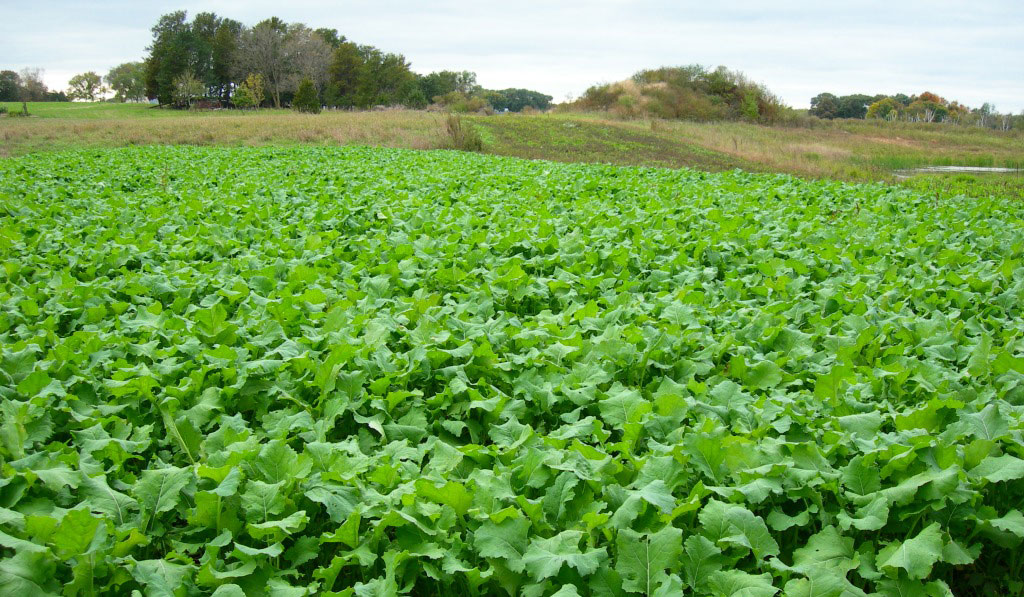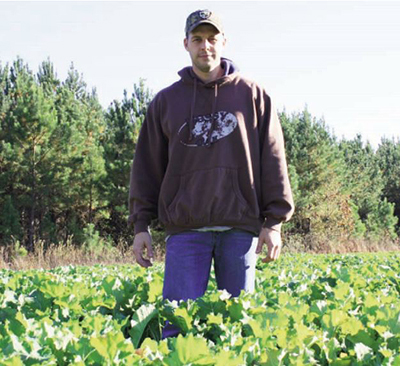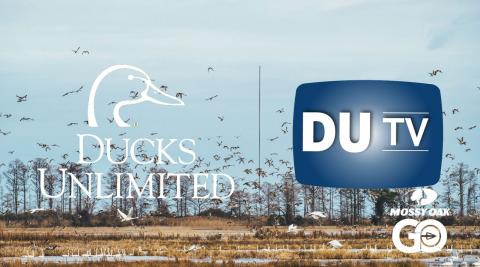Austin Delano | Originally published in GameKeepers: Farming for Wildlife Magazine

For 10 plus year now, brassicas have been my favorite food plot crop for many reasons, but most importantly because of the tonnage they produce. However, many food plotters may not see the potential these awesome plants have if they get planted somewhat late or are not given the proper soil conditions and nutrients. I plant plots mainly in the southern portion of the country, but this principle of timing your plantings holds true for the north, east, and Midwest as well. One question we answer on an almost daily basis is “when should I plant?” That is a loaded question with far too many variables to answer it correctly without knowing some specific information. So let’s go back to my infatuation with brassicas and use them for an example. The majority of cool season annuals need a minimum of 30 days of frost free growth to get established and provide a good food plot, but that is really in ideal conditions.

If your soil is low in nutrients, in need of lime, or not receiving enough rainfall, that 30 days may not be enough to grow the amount of food your herd needs. This is one reason why it is so beneficial to have your soil amended with the proper amount of lime and fertilizer before planting time. When I plant my brassica plots such as Maximum or Winter Bulbs & Sugar Beets, I have one thing in mind…get as much growth out of these plants as possible for an overwhelming mid to late season food source. In order to get the full potential from these brassicas, I tend to gamble with the weather a little and plant them a little earlier than your traditional fall planting times. Ideally I like to have 60 days of growth on brassicas before any threat of frost arrives. On properties that I help manage in the south, I try and get brassicas in the ground a full 2-3 weeks before “normal” fall planting times.
Planting this early crop doesn’t come without its risks, some years you don’t get the rain, or army worms attack, but the reward of a field that is knee deep in the finest groceries for deer is worth the roll of the dice. This year for example, we planted our brassicas on a property in southern TN the last week of August in hopes of catching some significant rainfall from a tropical storm. We didn’t receive near the amount predicted by forecasters, but it was enough to get those tiny brassicas seeds up and going. The results were incredible, after 40 days of growth we had 25-30 inch brassicas and we were still 2-3 weeks away from a heavy frost. Next year when you or your hunting club are planning your fall planting schedule, try getting some brassicas planted early.
When December and January roll around if any of you still have a field full of food that isn’t browsed down lip-high, guess where the deer will be?



























